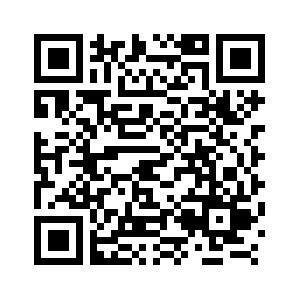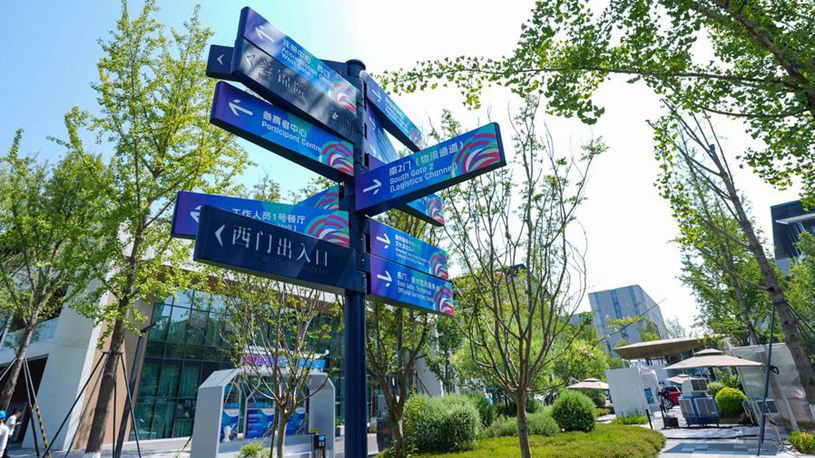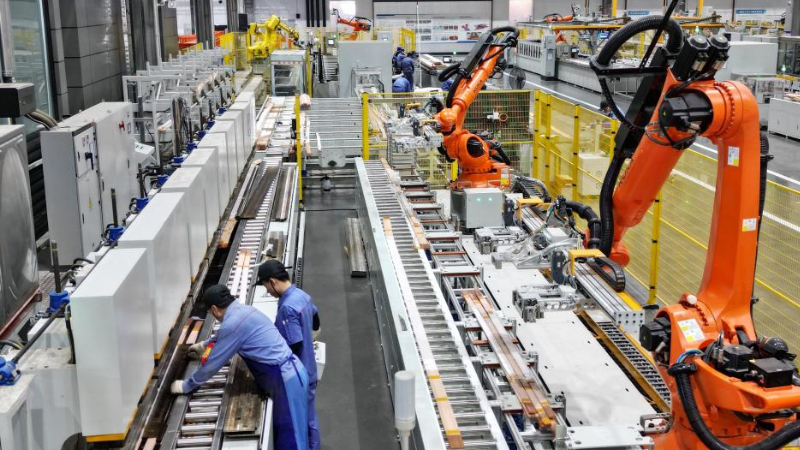Update: China completes its first manned lunar lander landing, takeoff test
Source: Xinhua
Editor: huaxia
2025-08-07 23:22:15
HUAILAI, Hebei, Aug. 7 (Xinhua) -- China on Thursday announced that it has successfully completed a comprehensive landing and takeoff test for its manned lunar lander at a test site in Huailai County, north China's Hebei Province.
The test, completed on Wednesday, represents a key step in the development of China's manned lunar exploration program, and also marks the first time that China has carried out a test of extraterrestrial landing and takeoff capabilities of a manned spacecraft, the China Manned Space Agency said.
The lunar lander, named Lanyue, which means embracing the moon, consists of both a landing module and a propulsion module. It is a newly developed spacecraft designed to support crewed missions to and from the moon.
It will be used to transport two taikonauts between the lunar orbit and the lunar surface -- and will carry a lunar rover and other scientific payloads. After landing, the lander will serve as a life-support center, an energy center and a data center, offering assistance and serving as a base for the taikonauts' stay and activities on the moon's surface.
Noting that the test was complex with a long cycle and technical challenges, the space agency said the success represents a breakthrough in research and development in terms of China's manned lunar exploration program.
The test site is the largest in Asia for the testing of landings on extraterrestrial bodies. It can simulate the moon's gravity and terrain.
Wang Xiaolei, a staff member at the China Academy of Space Technology, said that the site witnessed China's first Mars probe hovering and obstacle-avoidance test.
"Compared to the Mars lander, the most distinctive feature of the lunar lander is its ability to carry taikonauts, so at the core of the design is ensuring the unconditional safety of taikonauts," Wang said. "All tests we carried out were aimed at guaranteeing that taikonauts land on the moon and return to Earth safely."
Wang noted that the crewed lunar lander was much larger and heavier than an unmanned one, and the landing task will be more difficult. In addition, the number and frequencies of pre-mission tests of the lunar lander are also greater than those of unmanned landers.
Currently, the Lanyue lunar lander is still in the prototype stage, and it will enter the final product development stage only after all tests are completed, Wang said.
China aims to land its taikonauts on the moon before 2030, with the purpose of conducting scientific exploration. Its crewed moon landing mission is progressing soundly. Several experiments involving the carrier rocket and the manned spacecraft have been completed. ■











Comments